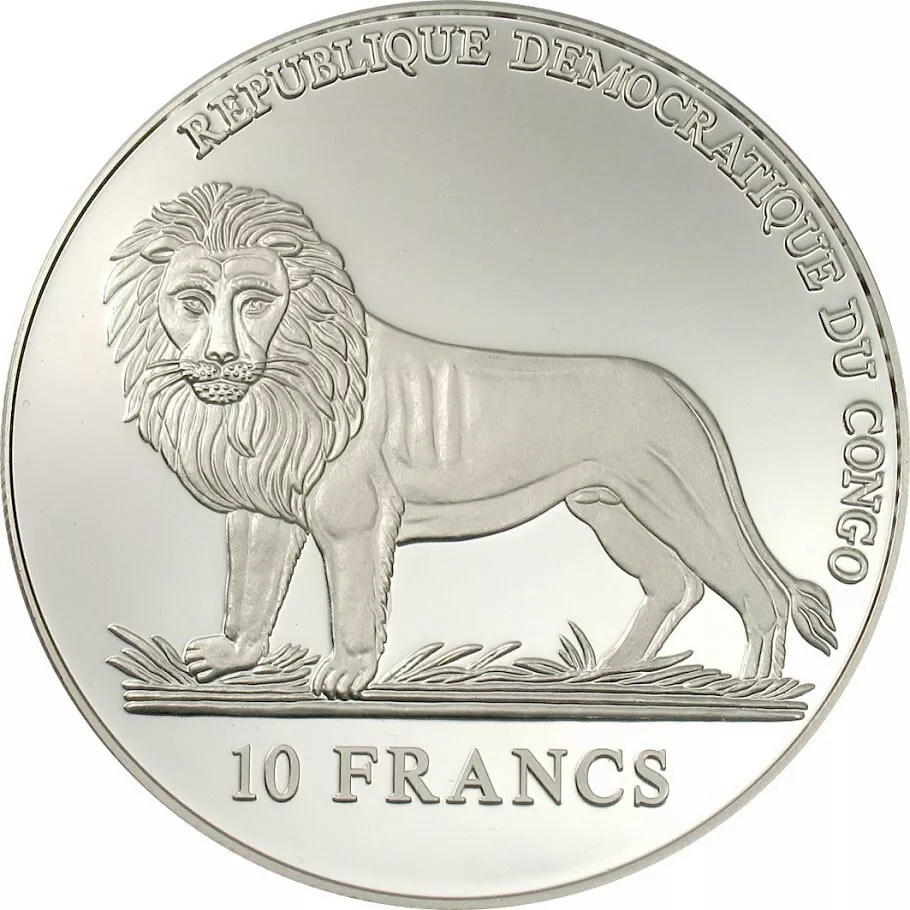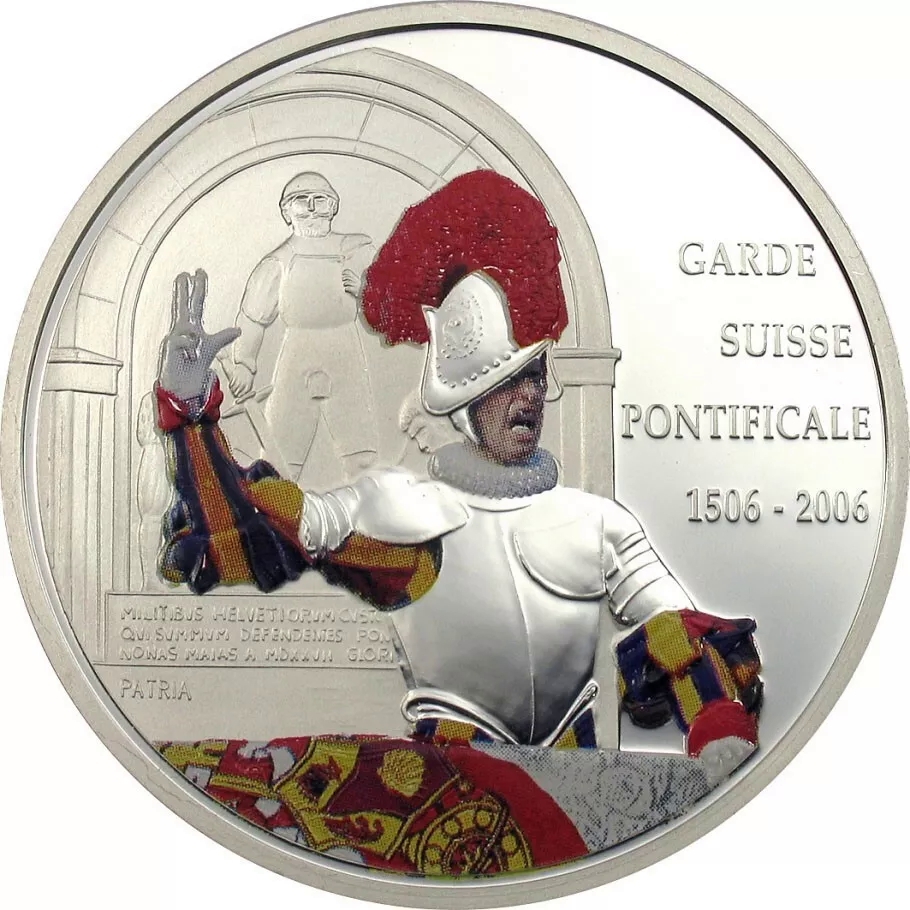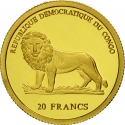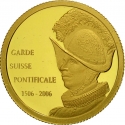You are about to finish your registration. Please check your mailbox (including spam folder). There should be a letter with a confirmation link. Check setting to make sure that your e-mail address is correct.
Send letter againDescription
Swiss Guards are the Swiss soldiers who have served as guards at foreign European courts since the late 15th century.
Foreign military service was outlawed by the revised Swiss Constitution of 1874, with the only exception being the Pontifical Swiss Guard stationed at the Vatican. The modern Papal Swiss Guard serves as both a ceremonial unit and a bodyguard. Established in 1506, it is one of the oldest military units in the world.
The earliest Swiss guard unit to be established on a permanent basis was the Hundred Swiss (Cent Suisses), which served at the French court from 1490 to 1817. This small force was complemented in 1567 by a Swiss Guards regiment. In the 18th and early 19th centuries several other Swiss Guard units existed for periods in various European courts.
In addition to small household and palace units, Swiss mercenary regiments have served as regular line troops in various armies; notably those of France, Spain and Naples. They were considered the most effective mercenaries of the 15th century, until their battle-drill was improved upon by the German Landsknechte. At the Battle of Marignano (1515), the Landsknecht in French service defeated the Swiss pikemen.
Obverse

|
Depicts an official emblem of the Laurent Kabila regime: a mature male lion standing to the left amid grass, symbolizing strength and authority. Above the lion is the country’s name in French, and the denomination is placed below. REPUBLIQUE DEMOCRATIQUE DU CONGO |
|---|---|
Reverse

|
Depicts a multicolored member of the Swiss Guard wearing a tricolor full dress uniform worn with a Morion helmet with red feathers standing and taking his oath during the Swearing in Ceremony, the gesture of raising his three fingers signifies the Christian Trinity in the the front of old soldier holding a long sword above a Latin inscription meaning "To the soldiers of Switzerland who should defend the supreme, ninth of May 1877, Glory with signature of Patria", inscription of occasion with establishment and year of issue dates. GARDE |
| Edge |
Related coins
500th Anniversary of the Swiss Guard
500th Anniversary of the Swiss Guard
500th Anniversary of the Swiss Guard







